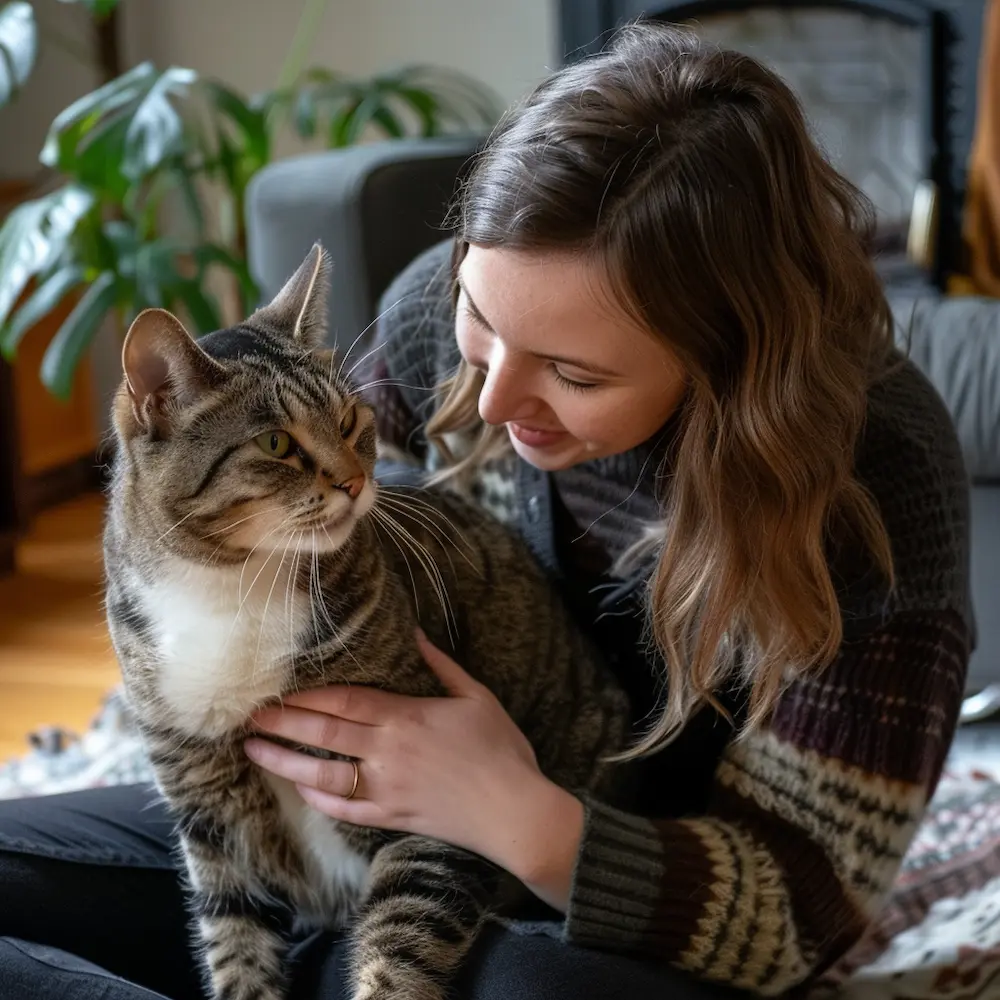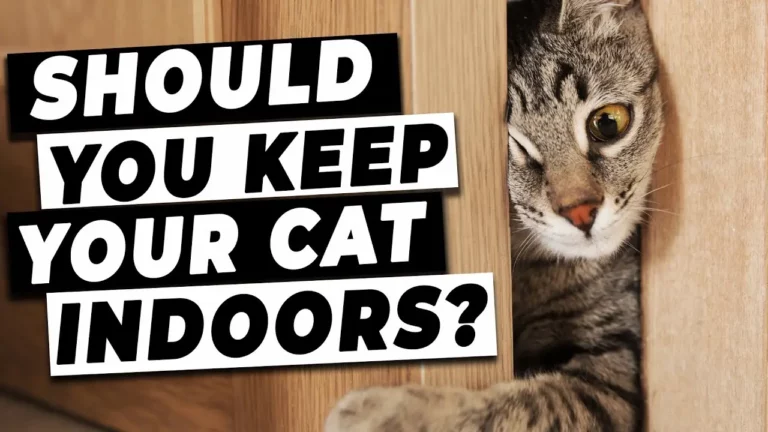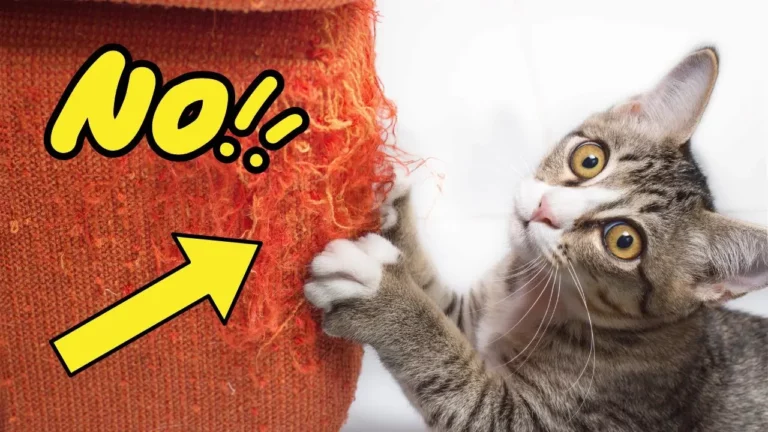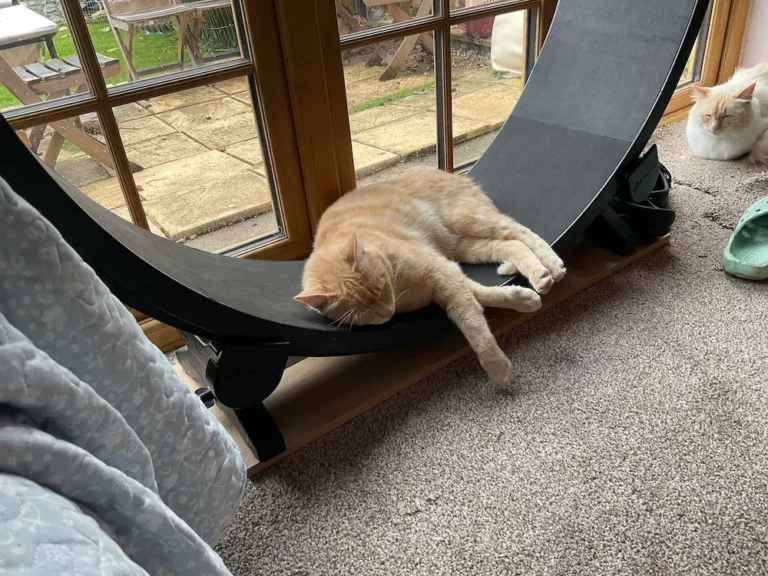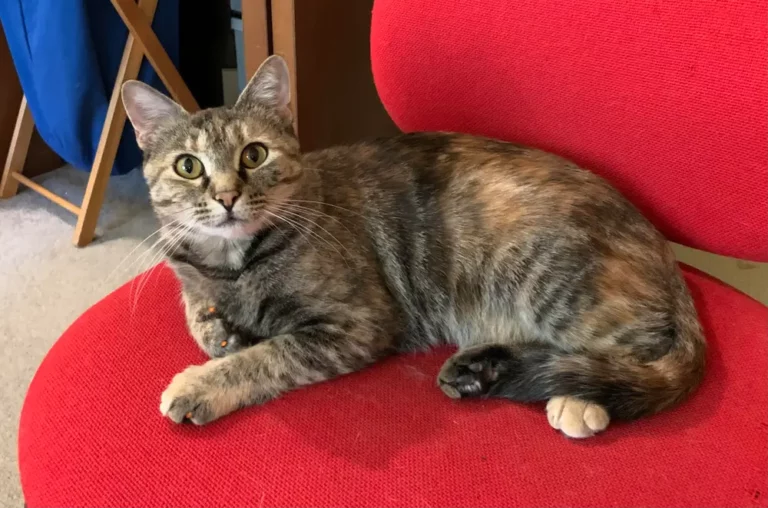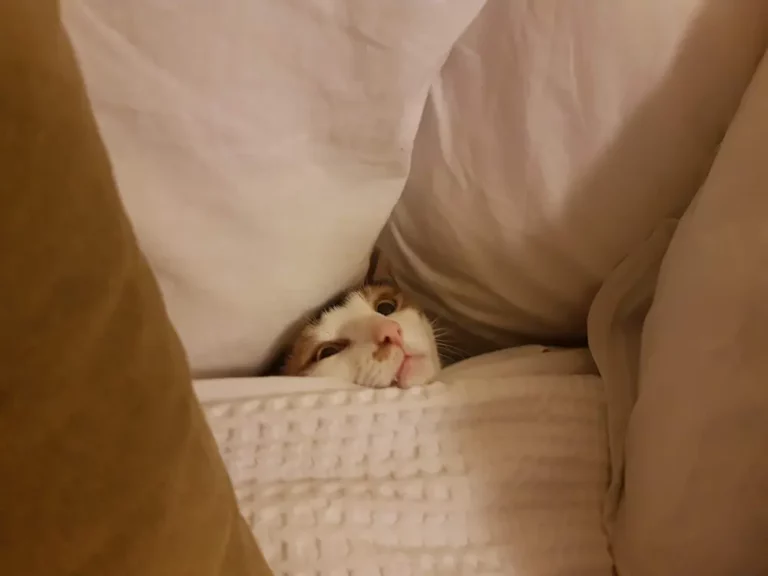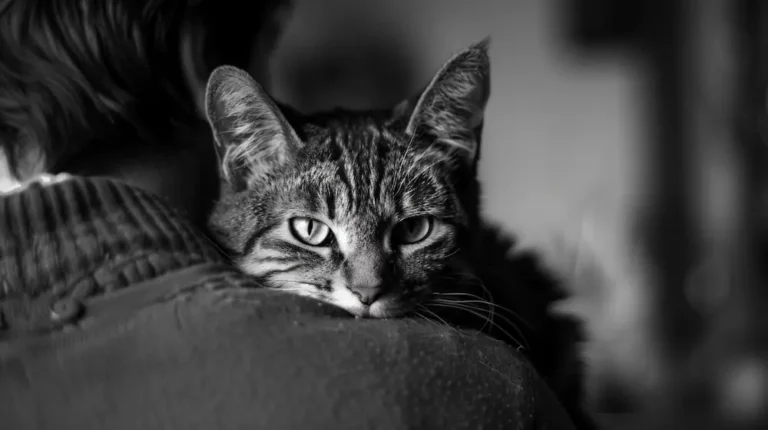Here Are Top Ways to Pet a Cat: Your Cat Is Guaranteed To Love These!
Have you ever wondered why your
It’s no secret that cats have a reputation for being mysterious, but when it comes to showing affection, they’re surprisingly straightforward – on their terms, of course.
Studies have revealed that cats do indeed enjoy human interaction, preferring our company over other stimuli, but only when the mood strikes them.
Understanding the subtle cues can transform your petting sessions from mere guesswork to moments of genuine connection.
I’ve discovered that the secret lies in timing and technique, especially since every
Let’s jump into the art of
Understanding Cat Body Language
Grasping the nuances of
Understanding these signals ensures that your petting sessions enhance both your and your
How To Recognize Signs of Readiness to Be Petted
Cats communicate their readiness to be petted in various, often subtle ways.
A
They might also nuzzle your hand or rub their cheeks against you, marking you with their scent to express comfort and ownership.
Pay attention to a
But, it’s crucial to approach slowly and allow the
A gentle blink from a
For instance, my
When I respond to these cues by petting her gently along her back and cheeks, her purring intensifies, indicating her pleasure.
How To Identify Signs of Discomfort or Disapproval
Conversely, recognizing signals of discomfort or disapproval is crucial to respecting your
A flicking or thumping tail, flattened ears, and a tensed body are clear indicators of distress or annoyance.
If your
Withdrawal signs, such as moving away, hiding, or even a low growl, should never be ignored.
It’s vital to stop petting immediately to avoid overstimulation or aggression.
Also, some cats may tolerate being petted for only a short period before becoming overstimulated.
Hence, noticing the subtle shift from enjoyment to tolerance, like a slight shift in body posture or quick glances towards your hand, can prevent unintended stress or even scratches.
For example, when I first adopted my second
An initial purr could quickly turn into a gentle swipe of the paw when she had enough.
Realizing this, I adjusted my petting sessions, keeping them brief and watching carefully for her cues, ensuring a positive experience for both of us.
How To Prepare To Pet Your Cat
Successfully exploring the subtle art of petting your
Mastery of this art form hinges on understanding and respecting their boundaries.
Approaching a Cat the Right Way
Given that every
Imagine a scenario where a friend prefers a gentle tap on the shoulder rather than a sudden hug from behind.
Cats are no different; they appreciate a respectful approach.
Start by making your presence known. Avoid direct eye contact, as cats often interpret this as a threat. Instead, opt for a slow blink, mirroring a
Observe the
A tail in the air, soft purring, or a nudge against your hand signals an invitation.
Next, extend your hand at their nose level, allowing them the option to initiate contact.
If they choose to rub against your hand, it’s a green light.
This technique not only respects their space but also builds trust, ensuring a positive foundation for future interactions.
The Importance of Hand Introduction
Introducing your hand to a
But, the key difference here is the scent factor.
Cats rely heavily on their sense of smell to gauge the world around them. By offering your hand, you’re allowing them to “smell-check” you – ensuring you’re a friend, not a foe.
Imagine you’re at a garden party and someone approaches with a fragrant bouquet, inviting you to take a whiff.
By extending your hand towards a
Your scent carries information about who you are.
When a
Once the
This act also allows them to mark you with their scent, further solidifying the bond.
What Are Cat ‘s Preferred Petting Spots
In my years of experience with cats, both as a pet owner and a veterinarian, I’ve learned that each
But, there are common areas where many cats enjoy being petted.
Let’s jump into these areas to enhance your bond with your feline friend.
The Safe Zones
Firstly, the safe zones are critical for establishing trust and showing respect for your
A
Why?
These areas house their scent glands, which cats use to mark their territory, including their favorite humans. Gently petting them here allows cats to feel secure and loved.
Also, many cats enjoy being stroked along their back, from the neck down to the base of their tail.
This area is a safe bet for a pleasing stroke, mimicking the mother’s grooming, which induces feelings of comfort and security.
But, it’s not just about the where but also the how.
Soft, gentle strokes in the direction of their fur are key. Cats are creatures of comfort, favoring smooth motions over rough handling.
The Danger Zones
Understanding which spots to avoid is equally important.
The belly, for many cats, is a no-go zone.
It’s a vulnerable area that, when touched, can trigger a defensive response, ranging from a gentle swat to a more assertive nip.
The tail is another area where caution is advised. This extension of their spine is highly sensitive.
While some cats may not mind occasional pets near the base of their tail, venturing too far can lead to discomfort or irritation.
Finally, pay attention to the paws and legs.
These areas are often sensitive.
Cats use their paws for exploration and hunting, making them wary of having them touched.
How To Master The Perfect Petting Technique
Petting a
By observing how your
Let’s jump into how to optimize each pet for your furry friend’s maximum enjoyment.
The Art of Gentle Stroking
Imagine your
Just as you’d handle silk with care, the same principle applies to petting your
Begin with a soft touch, gently laying your hand on top of their head or along their back, places where cats often feel most comfortable being touched.
Your fingers should glide smoothly over their fur, applying just enough pressure to make contact without pressing down.
I find that cats usually appreciate slow, deliberate strokes that go from the head towards the tail, following the grain of their fur.
Each stroke should be intentional, allowing the
Think of it as a massage; your goal is to relax and soothe, not to invigorate or excite.
Besides, observe your
But, if you notice any discomfort or agitation, such as twitching skin or a flicking tail, it’s time to pause and let your
Knowing the Right Amount of Pressure
Understanding the ideal pressure for petting a
Too soft, and the keys won’t register; too hard, and the typing feels aggressive and forced.
The goal is to find that perfect middle ground, where your touch is firm enough to be felt but gentle enough to be comforting.
Think about when you apply lotion to your skin.
The pressure is firm but soothing, designed to spread the lotion evenly without causing discomfort.
That’s the exact amount of pressure cats usually enjoy.
They want to feel your touch without it being overwhelming.
Each
Some may lean into your hand, seeking more firmness, while others might prefer the lightest touch.
Pay attention to cues like leaning, head butting, or moving away, and adjust your pressure accordingly.
Remember, the foundation of a good petting technique relies on your ability to read and respond to your
By fine-tuning your approach based on their reactions, you create a positive and enjoyable experience for both you and your
Petting shouldn’t just be an act of affection; executed correctly, it’s a communication tool that allows you to connect with your
How To Enhance the Petting Experience
Creating an environment that fosters mutual comfort and trust is essential when it comes to petting a
After understanding the basics of
This ensures that not only does your
Create a Calming Environment
A calming environment sets the stage for a positive petting session.
Cats are naturally sensitive to their surroundings, meaning that a peaceful setting can significantly impact their receptiveness to petting.
First, find a quiet room where you and your
Soft background music or the sound of a gentle fan can also help create a soothing atmosphere.
Lighting plays a role too.
Soft, warm lighting is more comforting for cats compared to harsh, bright lights.
If you have the option, choosing a room with natural sunlight can make the experience even more serene.
Another aspect to consider is familiarizing your
This can be a soft blanket on your lap or a favorite chair.
Over time, your
When to Use Calming Products
But, even with a calming environment, some cats may still experience anxiety, especially if there’s a change in their routine or environment.
This is where calming products can be beneficial.
Products such as pheromone diffusers mimic the natural pheromones cats produce, promoting a sense of security and well-being.
I’ve noticed that when I use a pheromone diffuser in the room where I typically pet my
Calming treats are another option.
These are especially useful for cats that can be a bit skittish or those not used to being petted frequently.
The treats contain natural ingredients known for their soothing properties, like chamomile or L-theanine.
Offer your
Finally, wearable calming products, such as anxiety vests or collars infused with calming agents, can also be effective, especially for cats dealing with severe anxiety or stress.
These products apply gentle pressure or release calming scents, respectively, providing a sense of security to your
How To Deal With a Cat That Doesn’t Like to Be Petted
First off, if your
Forcing affection on them can lead to stress or fear, potentially damaging your relationship.
Instead, consider alternative forms of bonding, like playing with toys or sitting nearby, allowing the
Remember, trust builds over time.
Offer homemade treats from your hand to create positive associations with your presence.
Over time, your
Or you can try introducing a petting session after a play session when they’re more likely to be relaxed.
Use a soft, gentle voice to talk to them, keeping your movements slow and predictable. This approach helps reduce any potential anxiety or fear they might feel.
Resolving Petting-Induced Aggression
Petting-induced aggression can catch many
It often occurs when a
Recognizing the signs of overstimulation is crucial.
These may include twitching skin, flicking tail, or flattened ears.
When you notice these signs, it’s time to stop petting.
Give your
Besides, observe and learn which areas your
Most cats have preferences and limits.
Introduce short petting sessions, gradually increasing them as your
Reward calm behavior with treats to reinforce positive experiences.
It’s all about setting up your petting sessions for success, ensuring they end on a high note before any signs of aggression appear.
Plus, consider consultation with a veterinarian or a
There might be underlying health issues or a need for professional behavioral modification strategies.
Wrapping This one Up
Petting a
By paying close attention to their body language and responses, we can ensure that our furry friends feel loved and comfortable.
Remember, patience and observation are key.
Whether your
Let’s keep our petting sessions positive and full of purrs, making every moment a step closer to a happier, more connected relationship with our beloved cats.
